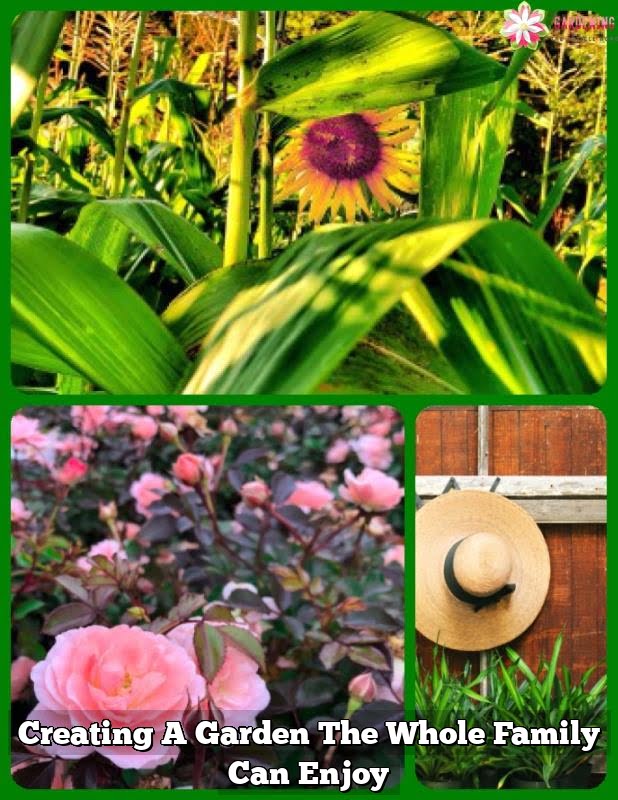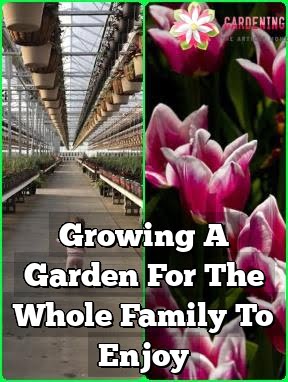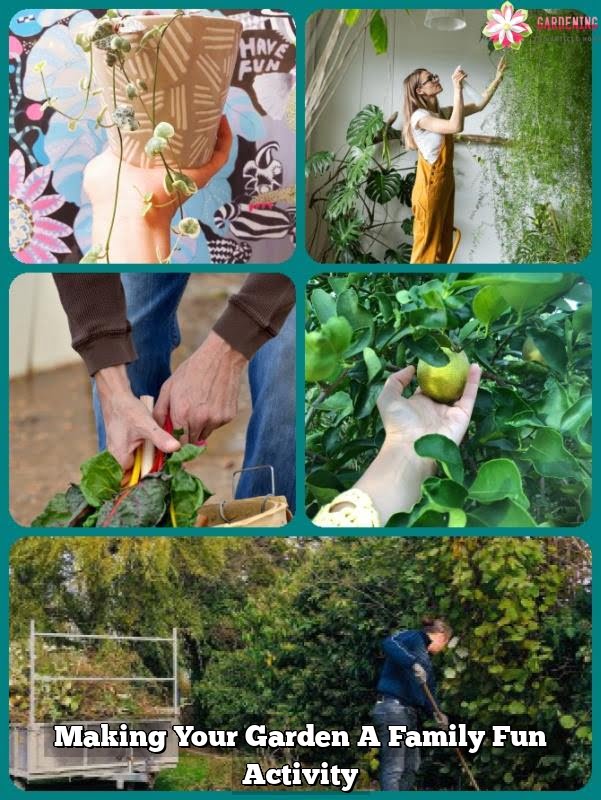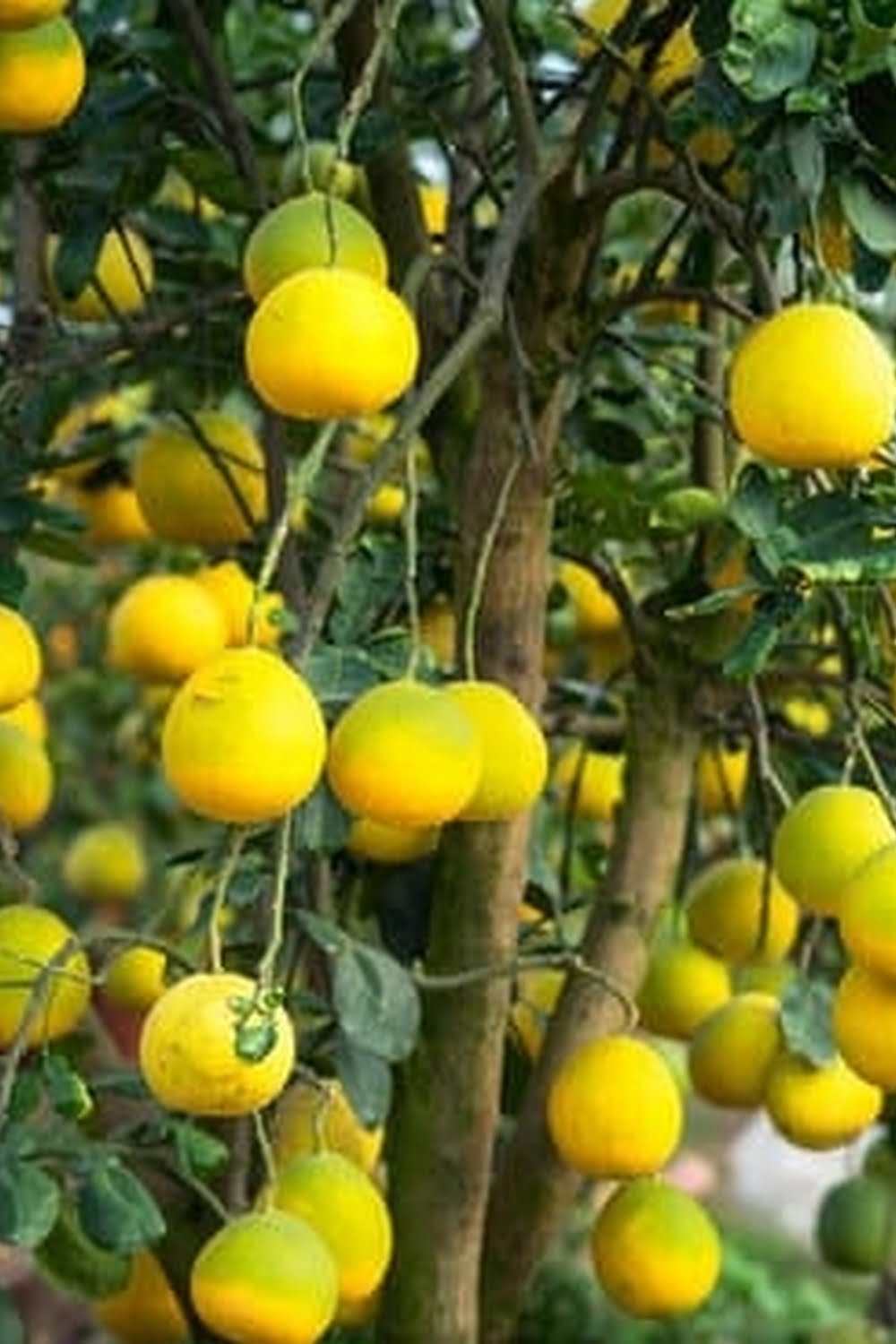There isn’t a better time than now. You probably have a lot of inquiries on how to start and what to do, but have no fear, the article below will help with lots of useful information. The tips provided in this article will get you started and on your way to a successful garden.
Plant perennials in your garden that repel slugs. Slugs or snails are voracious eaters that can decimate a plant in one night. These pests gravitate to young perennials with smooth, tender, particularly seedlings and young plants. Some varieties of perennials are not preferred by snails and slugs, especially if their foliage is hairy and tough, tough leaves or a taste that isn’t appetizing. Some varieties of these plants are campanula, campanula, euphorbia, or euphorbia.
Having healthy soil in your garden will help your number one defense against pests!Healthy plants can better ward off pests and therefore better able to prevent pests from taking hold. To give your garden the best chance of yielding the healthiest plants, make sure you begin with premium soil devoid of salt-accumulating chemicals.
You don’t need store-bought chemical treatments for plant mildew. Mix a little liquid soap and baking soda into water. Spray the mixture on the plants once per week or until it subsides. This method is not going to cause any damages to your plants and gently treats mildew will go away slowly.
Plant bulbs in your garden if you want flowers through spring and summer flowers. Different bulbs bloom at various times, so choosing appropriately, you can have blooms from early spring to late summer.
Knee Pads
Get some horticulture knee pads if you have low-growing plants. Having a good pair of knee pads for horticulture can help cushion the knees in comfort.
Try dousing weeds to get rid of them. Boiling water in a pot is a safe herbicide which won’t damage your garden or your body. Boiling water damages the roots and will stunt further growth.
Do you love fresh mint leaves would not grow as quickly and overcome your garden? Keep the growth under control by growing them in pots and/or garden containers. You can then plant the container down in the ground if you like, but the container will restrict the roots, and make sure that the plant doesn’t run rampant in your garden.
A great garden should start from seeds. The most “green” way to create a new garden is to start with seeds. The plastic used in nurseries often end up in landfills, so it is best to start with the seeds or buy from nurseries who use organic materials in packaging their plants.
Purchase a wheelbarrow, as well as a wheelbarrow or wagon. Spending lots of time close to the ground while working tends to be hard on your knees, so a lightweight and portable garden stool will make horticulture more comfortable. Horticulture also requires transporting heavy objects and lots of dirt, so a wheelbarrow makes for a wise investment.
Learn the best harvesting time for each vegetable. Each variety needs a slightly different amount of growing time for picking for the best flavor. For example, zucchini and baby peas have the best taste when you pick them early. Tomatoes, in contrast, should be plucked from the vine the moment they appear ripe.
Pest control can be very difficult when dealing with a challenge for successful vegetable gardening. One way that you can help control garden pests at bay is to remain vigilant. If you catch them when there are only a few around, the best removal technique is just to take them off your plants by hand.
Plant ever-bearing strawberries for your children. Children love to snap up these sweet juicy fruits for themselves and will be more willing to eat other foods you’ve planted as well.
A mixture of aspirin and water can help your plants from common diseases. Dissolve aspirin (1.5 pills per 2 gallons of water for a plant disease fighting solution. You can easily spray this on them fight disease. Try to apply the mixture to the plants at least once in each three weeks.
If you’re planning on horticulture inside, you should bear in mind that certain plants require more sunlight than others. If the garden will receive little sunlight, choose specimens that can grow in relatively dark places. You can also consider using artificial lighting to help.
Make sure you work in your garden. Don’t waste time searching high and low for a tool. Prepare all the tools you need before you go out to work on your garden, and then put them back in their place when done. If needed, try using some pants with pockets in them.
Pine needles make surprisingly great mulch. Cover your beds with the needles, they will disperse acid to the soil.
Don’t let all the little chores for your organic garden build up. Even if you’re to busy to focus on your garden’s needs each day, you can try little things that will prevent you from having a lot of work when you return to your garden. If you’re outside with your pet, pluck a few weeds while your dog is taking care of his business.
Create raised beds with stone, bricks or untreated wood. Choose wood that is resistant to rot and does not contain any chemicals. The most popular options for this type of project are cypress, locust and cypress wood. In order to avoid toxic substances from getting into the ground and perhaps into your vegetables, don’t use treated wood since its chemicals can leech into the food crops and soil.If you have used treated lumber, line it with some plastic and replace the soil near it.
After reading this article, you should be on the right path to having your own garden. You thought that you were ready before, well look at you now! Hopefully, the strategies provided in this article have given you the confidence to develop your own garden and enjoy the bounty nature has to offer.

Welcome to my blog about home and family. This blog is a place where I will share my thoughts, ideas, and experiences related to these important topics. I am a stay-at-home mom with two young children. I hope you enjoy reading it! and may find some helpful tips and ideas that will make your home and family life even better!





